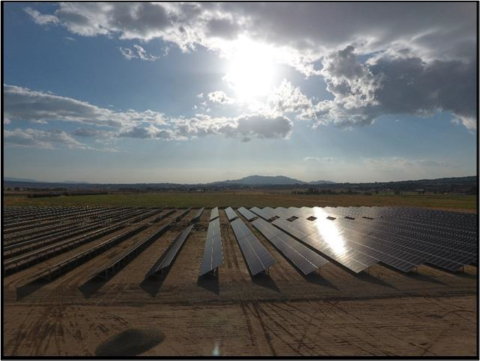
The NRECA ACCESS project researched how to make solar energy affordable for low-and moderate-income (LMI) communities. Through this project, a toolkit was developed to assist electric co-ops and the broader industry deploy equitable solar projects.
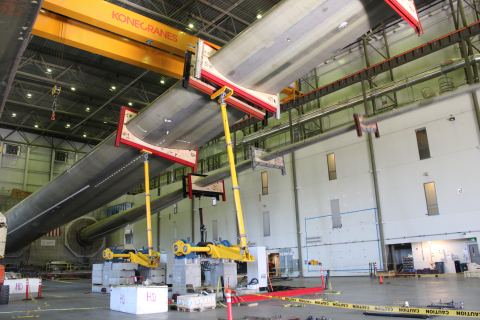
Thanks to funding from the Wind Energy Technologies Office, the Massachusetts Renewable Energy Center’s Wind Technology Testing Center (WTTC) is testing next-generation wind turbine blades.
DOE released a study evaluating transmission options to support offshore wind energy deployment along the Atlantic Coast of the United States.
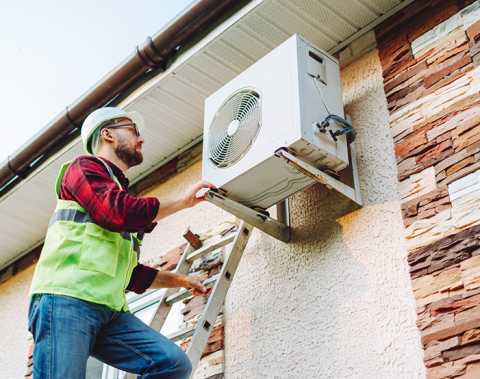
Heat pump technology is able to make energy efficiency affordable for a growing number of American homes.
Discover how wind energy can help power your community and local economy.

Fireplaces are an undeniable pleasure. But without care you can lose significant energy and money through their chimney.
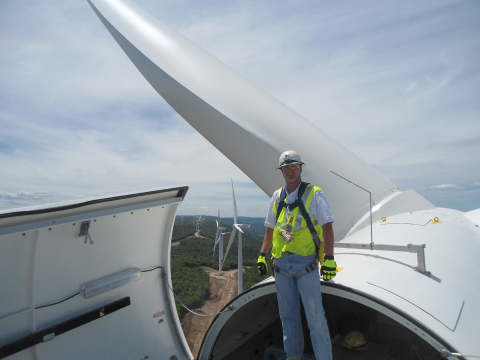
This fact sheet outlines the primary federal incentives, resources for funding, and opportunities to partner with DOE and other federal agencies.
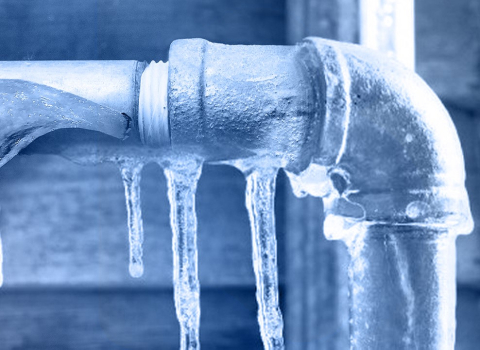
Before turning down the thermostat really low to keep your pipes from freezing, here are some things to keep in mind.
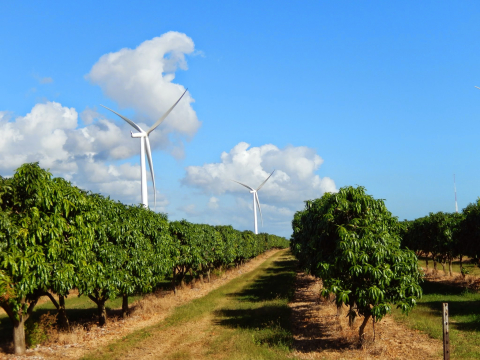
The Renewable Energy Potential model can help identify optimal regions for wind plants based on factors like wind resources, land use, topography, and community preferences. It has revealed pathways to Puerto Rico’s renewable energy goals.
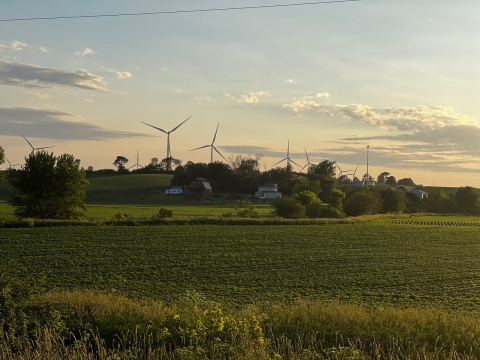
Regional wind data from around the U.S. helps improve a national weather forecasting model, which allows utility companies to better plan for windy days.

